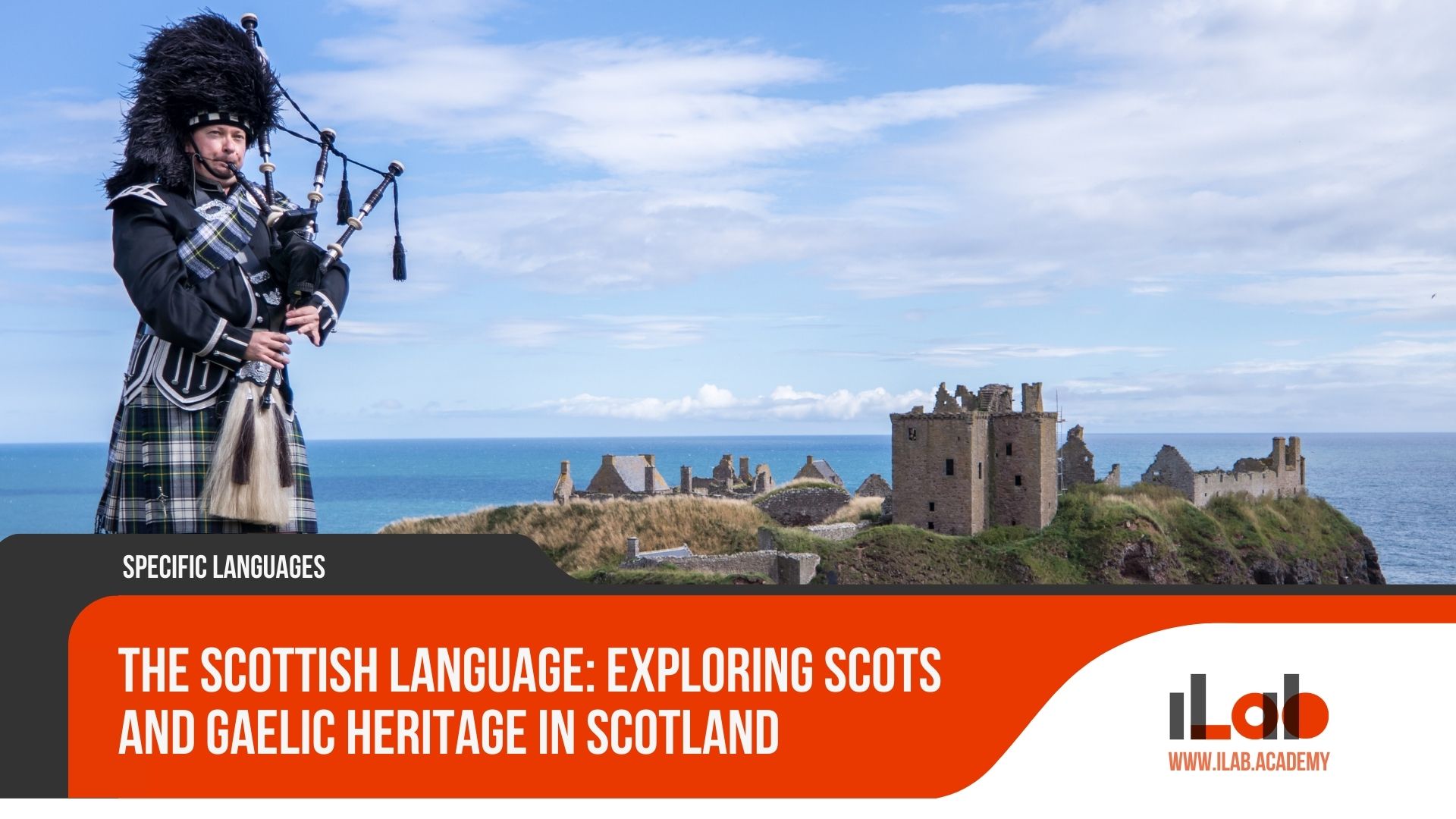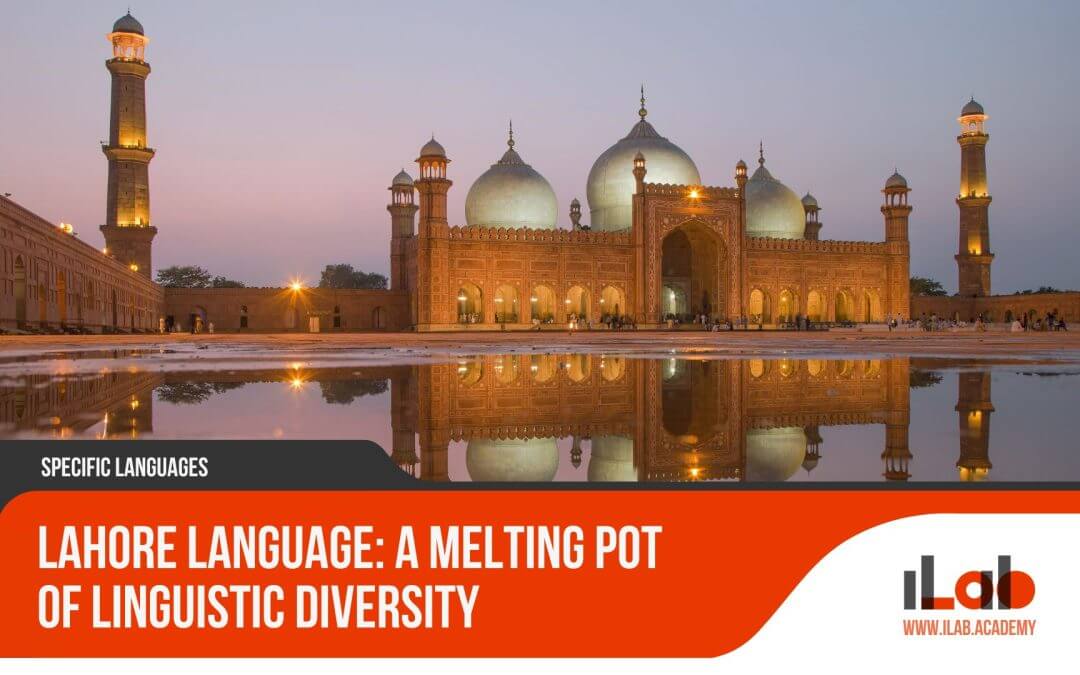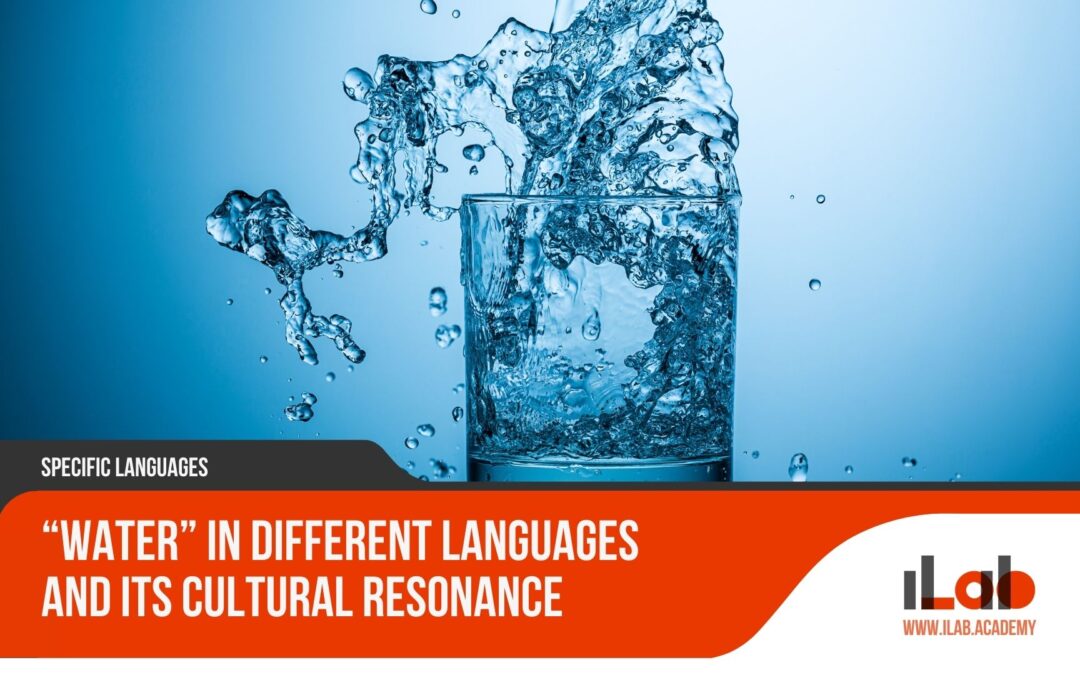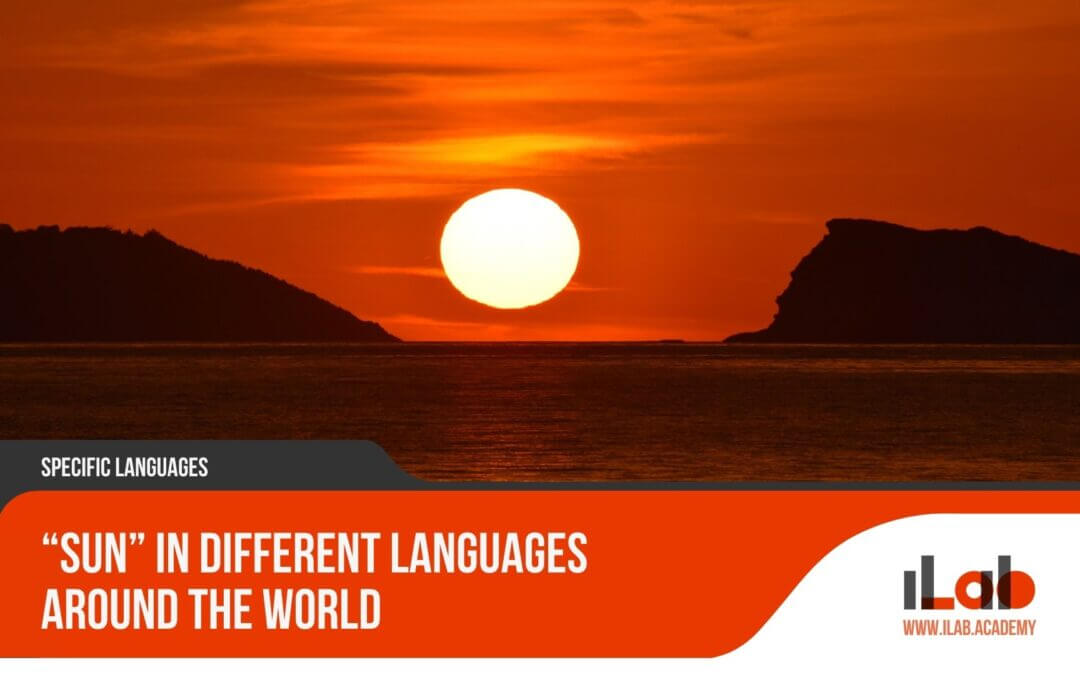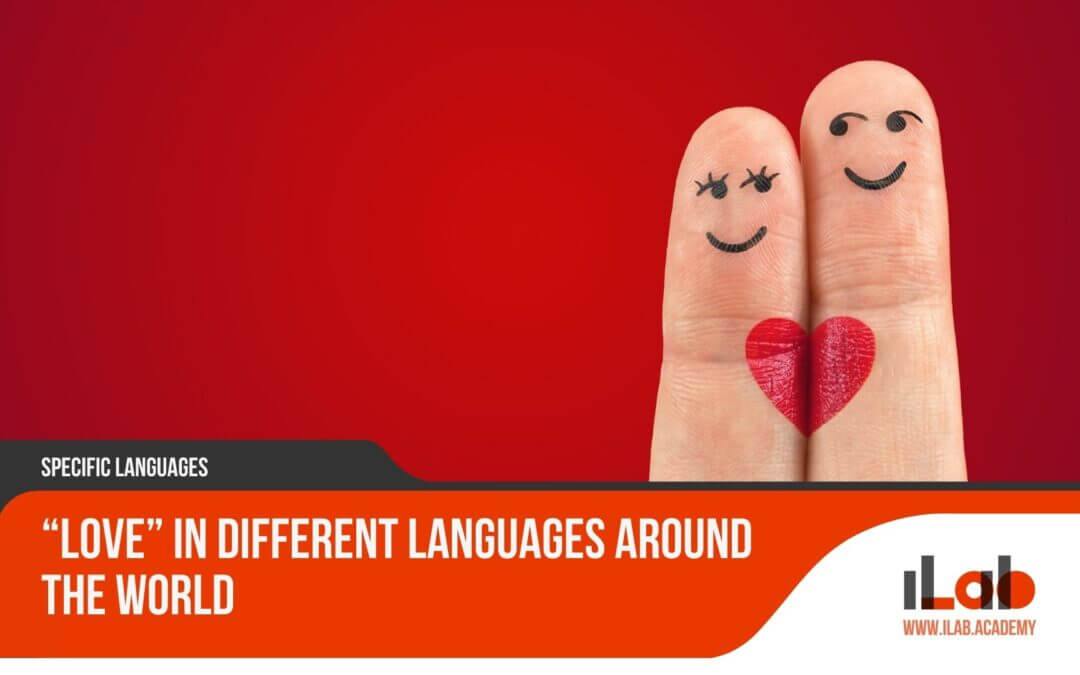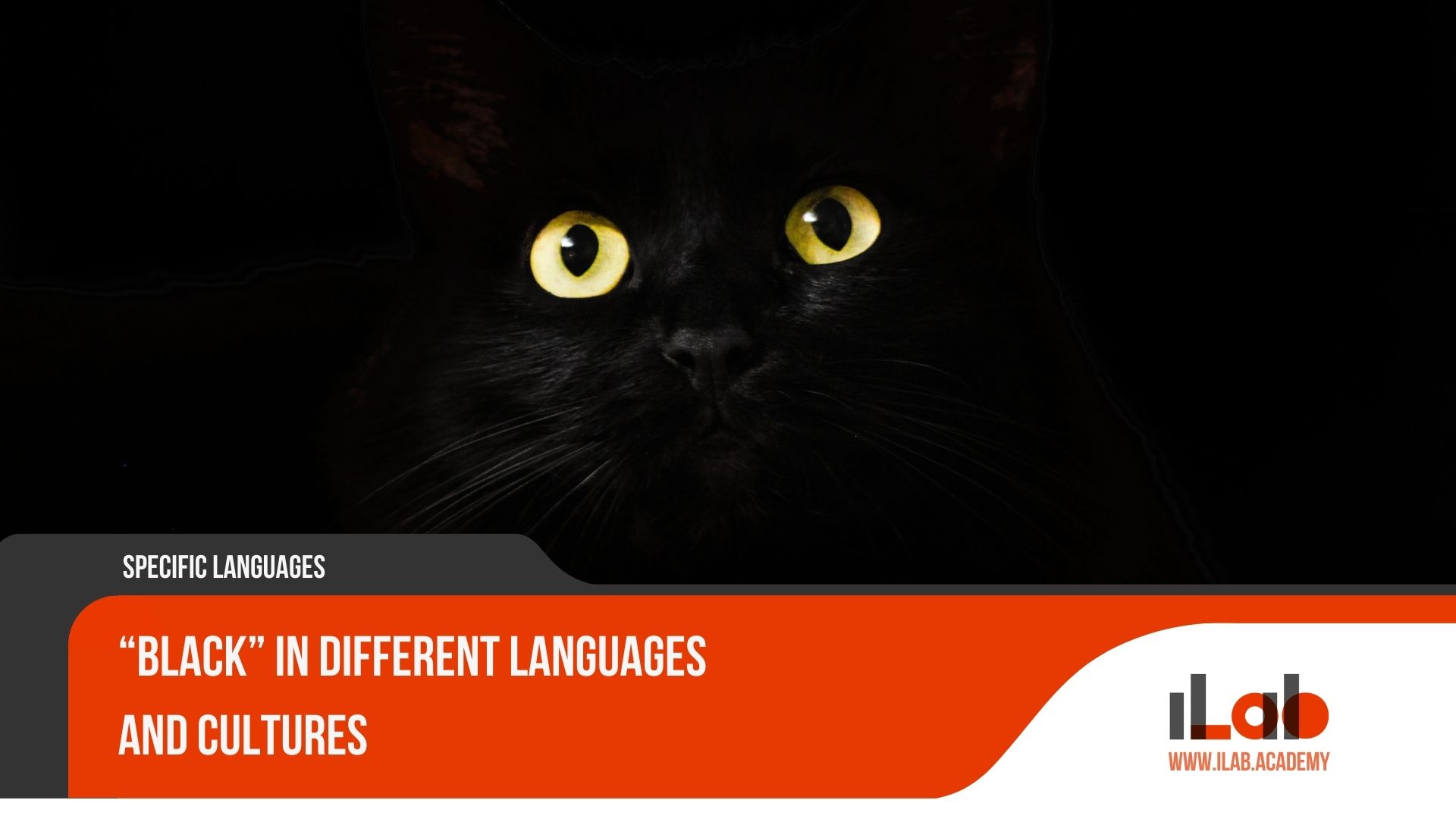Table of contents
Scotland’s linguistic landscape is as rugged and enduring as its famous highlands, marked by the historical interplay of Scots and Scottish Gaelic, languages that have shaped the nation’s cultural contours for centuries. The Germanic inflections of Scots, echoing through the lowland streets, bear witness to a complex past intertwining with English yet maintaining its distinct identity. Meanwhile, the melodious cadences of Scottish Gaelic, a vestige of Celtic heritage, whisper tales of the mist-clad western isles, resonating with a resilience that defies its minority status. This exploration invites an intellectual inquiry into the origins, evolution, and current state of these linguistic threads, unraveling the complexities of language policies, educational frameworks, and community initiatives that aim to preserve and nurture this invaluable aspect of Scotland’s patrimony. As we consider the impact of globalization and technological advances on these ancient tongues, one must ponder the future of such cultural keystones in an ever-evolving world, thus setting the stage for a comprehensive discourse on their role in the modern Scottish narrative.
Key Takeaways
- Scotland has a diverse linguistic heritage, with two native languages, Scots and Scottish Gaelic, playing significant roles in Scottish identity.
- Scots language has evolved from its Germanic roots and has a distinct identity that has evolved over centuries.
- Scottish Gaelic has ancient roots and has transitioned from a prominent language to a minority status.
- Both Scots and Scottish Gaelic have unique linguistic features that define and distinguish them, and they have a profound impact on Scotland’s cultural expressions and national consciousness.
The Linguistic Heritage of Scotland
Scotland’s linguistic heritage is a tapestry woven with the rich threads of Scots and Scottish Gaelic, languages that are integral to the nation’s cultural identity and historical narrative. These tongues, steeped in centuries of history, are more than mere means of communication; they are repositories of Scotland’s social, political, and artistic chronicles. The Scots language, with its Germanic origins, shares a kinship with English yet retains a robust individuality through its unique phonology, vocabulary, and literary tradition. It has played a pivotal role in shaping the Scottish psyche and is often used to express a sense of national pride and community.
On the other hand, Scottish Gaelic, a Celtic language, whispers the tales of the ancient Gaels, resonating with the echoes of Scotland’s mythic past. It encompasses a world of traditional ballads, folklore, and a connection to the natural landscape of the Highlands and Islands. Although its speakers constitute a smaller fraction of the population today, Gaelic’s influence on place names and cultural practices remains pervasive throughout Scotland.
Both Scots and Scottish Gaelic have faced challenges over the centuries, from political pressures to social changes, yet they persist as symbols of Scotland’s enduring spirit. Efforts to revive and promote these languages are testament to their significance in the collective consciousness of the Scottish people. Understanding the linguistic heritage of Scotland is not merely an academic pursuit; it is an embrace of the nation’s soul, a recognition of the diversity that forms the bedrock of Scottish identity. For a nation famed for its poets, warriors, and thinkers, language is the heart from which its cultural lifeblood flows.
Scots Language: Origins and Evolution
Emerging from its Germanic roots, the Scots language has undergone significant evolution to become a distinctive linguistic system within Scotland. Its origins can be traced back to the Old English spoken by settlers from the Anglo-Saxon kingdoms, who arrived in the region that is now southeastern Scotland around the early Middle Ages. Over time, this language, influenced by Norse and Gaelic, began to diverge from the English spoken further south, developing its unique characteristics.
Throughout the Middle Ages, Scots established itself as the dominant language of the Scottish court and administration. It enjoyed a golden age during the Renaissance, where it flourished in literature, culture, and governance. However, the political union with England in 1707 led to a decline in formal use as English became increasingly prestigious. Despite this, Scots continued to be spoken widely by the Scottish people in various regional dialects.
The evolution of Scots has been marked by its resilience and adaptability. It has absorbed elements from Latin, French, Dutch, and other languages, adding to its rich lexicon and distinctive grammar. In the modern era, Scots has experienced a revival, with growing recognition of its cultural significance and value as a medium of artistic expression.
As a living language, Scots remains vibrant in communities across Scotland and is characterized by a diversity of dialects, each with unique phonetic and lexical traits. Efforts to preserve and promote the Scots language are essential in maintaining the linguistic heritage of Scotland, ensuring that this integral part of Scottish identity continues to thrive in the future.
Scottish Gaelic: A Celtic Tongue
While the Scots language boasts Germanic origins, Scottish Gaelic offers a distinct narrative, rooted in the Celtic branch of languages and woven deeply into the tapestry of Scotland’s past. This ancient tongue, which arose from the same roots as Irish and Manx Gaelic, has played a crucial role in shaping the cultural and historical identity of the Scottish people.
Scottish Gaelic’s origins trace back to the early Celtic inhabitants of the region, with its earliest forms brought to Scotland around the 4th century by settlers from Ireland. Over time, the language flourished and became the dominant language of the Scottish Highlands and the Western Isles. By the Middle Ages, Gaelic had extended its reach, finding its place in Scottish courts and cultural life.
However, the subsequent centuries saw a dramatic shift as political, social, and economic changes led to a decline in Scottish Gaelic’s prominence. The language was increasingly marginalized, particularly after the Acts of Union in 1707, and the tragic consequences of events like the Highland Clearances further diminished its everyday use. By the 20th century, Scottish Gaelic had become a minority language, with its speakers primarily concentrated in the Highlands and Islands.
Despite this decline, Scottish Gaelic has experienced a revival in recent years, driven by a growing recognition of its cultural significance and the efforts of language enthusiasts and policy makers. Educational initiatives, media in Gaelic, and community programs have all contributed to its resurgence. Today, Scottish Gaelic stands as a symbol of Scotland’s rich heritage, a living language with ancient roots that continue to contribute to the nation’s diverse linguistic landscape.
Examining Language Features: From Scots Dialects to Gaelic Syntax
Delving into the linguistic intricacies of Scots and Scottish Gaelic reveals a rich tapestry of dialectal variation and structural complexity that is key to understanding these languages’ identities. Scots, hailing from its Germanic roots, features a variety of dialects that vary significantly across regions. These dialects exhibit distinctive phonetic qualities; for example, the pronunciation of the “r” sound can be markedly different in the Northeast compared to the Borders. Scots vocabulary is replete with words derived from Old English, Norse, and French, reflecting Scotland’s historical interactions and cultural exchanges.
Grammar in Scots is somewhat akin to English but demonstrates unique modalities in verb forms and usage. Pronouns in Scots can also differ, with forms like “youse” often used for the second-person plural. Syntax in this language is generally straightforward, though sentence structure may be influenced by emphasis or poetic style.
Turning to Scottish Gaelic, a language of the Celtic family, we encounter a syntax that is distinct from that of Scots or English. Verb-subject-object (VSO) is the typical sentence structure, diverging from English’s subject-verb-object (SVO) pattern. This can present a learning curve for English speakers, as the verb often appears at the beginning of the sentence in Gaelic. Pronunciation in Scottish Gaelic is regulated by a system of broad and slender vowels, which can affect consonant sounds and can be challenging to master without practice.
In vocabulary, Scottish Gaelic possesses a wealth of terms connected to the natural environment, indicative of the language’s roots in the landscapes of Scotland. As a result, both Scots and Scottish Gaelic not only serve as means of communication but also as cultural repositories, encapsulating the history and identity of the Scottish people.
The Cultural Impact of Scottish Languages
The profound influence of Scots and Scottish Gaelic extends well beyond mere communication, shaping Scotland’s cultural expressions in literature, music, and media. These languages have historically been the lifeblood of a distinct Scottish identity, infusing the arts with a unique perspective that is inextricably linked to the nation’s heritage.
In literature, Scots has been celebrated in the works of poets and authors like Robert Burns, whose compositions remain a cornerstone of Scotland’s literary canon. His Scots-language poetry, such as “Auld Lang Syne” and “Tam o’ Shanter,” has achieved global recognition, symbolizing Scottish cultural pride. Similarly, contemporary writers continue to utilize Scots to convey authentic Scottish voices and experiences, thus enriching the literary landscape.
Scottish Gaelic has also left its mark on literature, with a long-standing tradition of oral storytelling and song that has been recorded and preserved for posterity. This has not only provided a conduit for Gaelic culture but has also served to inspire modern writers and musicians who draw upon this heritage to create new works that resonate with historical depth.
Music is another vibrant arena where both Scots and Gaelic thrive. The oral tradition of Gaelic psalm singing, the haunting melodies of the fiddle, and the stirring sounds of the bagpipes are all manifestations of these languages in Scotland’s sonic identity. Furthermore, Scottish media increasingly showcases these languages, with television and radio programming dedicated to Gaelic speakers, and Scots utilized in various forms of broadcasting and digital content.
Together, Scots and Scottish Gaelic continue to contribute to a dynamic cultural scene, one that both honors tradition and embraces innovation. Their impact is a testament to the enduring power of language as a vehicle for cultural expression and national consciousness.
Education and Revitalization: Safeguarding Scotland’s Linguistic Future
Efforts to revitalize and promote Scots and Scottish Gaelic are gaining momentum, with educational programs and media initiatives playing a pivotal role in safeguarding these languages for future generations. In Scotland, the government and various organizations have recognized the critical need to preserve the nation’s linguistic heritage and have taken substantial steps to ensure its survival.
Educational policies have been instrumental in this revival. The teaching of Scottish Gaelic is now supported in some schools, with resources allocated to train teachers and develop curricula that incorporate the language. Scots, too, is receiving attention, with its inclusion in the Curriculum for Excellence, enabling young Scots to learn about their linguistic heritage. These measures are crucial in fostering a new generation of speakers who are comfortable with their linguistic traditions.
Media representation has also seen a positive shift. Television and radio broadcasts in Scottish Gaelic, such as those provided by BBC Alba and Radio nan Gàidheal, not only offer entertainment but also serve to normalize the language’s use in public life. Similarly, Scots is gradually gaining visibility through literature, music, and online platforms, which helps to spread its usage and appreciation.
Despite these advances, challenges remain. The number of fluent Gaelic speakers is still relatively low, and Scots often lacks formal recognition, affecting its status and the resources devoted to its promotion. Ongoing efforts are required to not only maintain current programs but also to expand them, ensuring that the vitality of these languages is not only preserved but nurtured, allowing them to thrive in contemporary Scotland.
Recognizing and Preserving Linguistic Diversity
In the realm of heritage conservation, recognizing and preserving linguistic diversity, particularly for Scots and Scottish Gaelic, is essential for the continuation of Scotland’s rich cultural identity. The fabric of a nation’s heritage is weaved with the threads of its language, and the vibrant tapestry of Scotland’s cultural identity is no exception. As such, efforts to maintain and promote these languages are of utmost importance.
To create a vivid image of these efforts:
- Language Learning Initiatives: Schools across Scotland integrate Scots and Gaelic into their curricula, not only as a subject of study but also as a medium of instruction. This immersion fosters a new generation of speakers who carry the torch of their linguistic heritage.
- Cultural Celebrations: Festivals like the Royal National Mòd and Burns Night serve as grand stages where the lyrical beauty of Gaelic and the robust charm of Scots are showcased through poetry recitations, traditional music, and storytelling.
- Technological Integration: Digital platforms have embraced these languages, with social media accounts and mobile applications emerging in Scots and Gaelic, connecting speakers worldwide and ensuring these languages thrive in the digital era.
Each of these elements plays a critical role in the intricate dance of language preservation, allowing Scots and Scottish Gaelic to continue to resonate through the hearts and minds of the Scottish people and the global community. By implementing such strategies, Scotland not only honors its past but also paves the way for a linguistically diverse and culturally rich future.
Scottish Languages Today: Usage and Perspectives
Contemporary Scotland presents a linguistic tapestry where attitudes towards Scots and Scottish Gaelic are as varied as the speakers themselves, reflecting a complex interplay of history, identity, and modernity. Scots, a language with Germanic roots, is widely recognized and used across many parts of Scotland, often in a blended form with English, known colloquially as “Scots-English.” Its use extends to informal contexts, literature, and even some media. Yet, despite its prevalence, Scots often faces issues of recognition and is sometimes stigmatized, with debates surrounding its distinction from Scottish English continuing.
Scottish Gaelic, once the predominant language of the Scottish Highlands and Western Isles, has seen a decline over the centuries but is now experiencing a revival. This Celtic language is spoken by a smaller proportion of the population and is the subject of numerous revitalization efforts, including immersion education and media broadcasting in Gaelic. Attitudes towards Scottish Gaelic tend to be more romanticized, valuing it as a core element of Scottish heritage. However, the language still confronts challenges such as limited resources and varying degrees of community support.
The perspectives on these languages reflect broader societal trends. Younger generations are often more open to embracing linguistic diversity, recognizing the cultural significance of both Scots and Scottish Gaelic. Government and educational policies have also shifted to encourage the teaching and use of these languages, recognizing them as integral parts of Scotland’s cultural fabric. Consequently, contemporary usage of Scots and Scottish Gaelic is not just a matter of communication but a statement of cultural identity and a testament to Scotland’s linguistic resilience.
Scots and Scottish Gaelic in the Digital Age
While the cultural significance of Scots and Scottish Gaelic is acknowledged in educational and policy shifts, the digital realm presents new opportunities and challenges for these languages’ proliferation and modern relevance. The advent of the internet and digital communication has transformed the way languages are used and spread, providing a platform for minority languages like Scots and Scottish Gaelic to reach a wider audience.
The digital age has ushered in several key developments for these languages:
- Online Resources and Education: Various websites, apps, and online courses have emerged, offering learners around the globe the chance to study Scots and Scottish Gaelic from anywhere. This has democratized language learning, moving beyond traditional classroom settings.
- Social Media and Networking: Social media platforms have become spaces for speakers of Scots and Scottish Gaelic to connect, share, and create content in their native tongues, fostering a sense of community and normalizing the use of these languages in everyday digital interactions.
- Digital Media and Entertainment: Streaming services and online radio stations now offer content in Scots and Scottish Gaelic, from music to television shows, increasing the languages’ visibility and appeal, especially among younger audiences.
However, the digital landscape is not without its challenges. Ensuring the presence of Scots and Scottish Gaelic in technology, such as in predictive text or voice recognition software, remains a hurdle. Additionally, the dominance of English online can overshadow smaller languages, making it imperative for digital initiatives to be robust and engaging.
The Role of the Scottish Diaspora in Promoting the Languages Abroad
The Scottish diaspora plays a pivotal role in preserving and promoting Scots and Scottish Gaelic languages across the globe, fostering cultural connections that transcend geographical boundaries. Through various cultural societies, educational initiatives, and social media, the diaspora maintains the vibrancy of these languages, ensuring they remain a living part of Scotland’s heritage.
Organizations such as An Comunn Gàidhealach Ameireaganach (The American Scottish Gaelic Society) and the Scots Language Society operate internationally, providing resources and forums for language learners and speakers. They organize events like ceilidhs and poetry readings, which not only keep the languages in active use but also celebrate Scottish culture in the diaspora communities.
Moreover, the internet has played a crucial role by connecting learners with native speakers through online courses, discussion groups, and language apps. This digital engagement supports language proficiency and cultural literacy, promoting a global community united by a shared linguistic heritage.
The following table outlines key aspects of the Scottish diaspora’s efforts in promoting Scots and Scottish Gaelic abroad:
| Aspect | Scots Language | Scottish Gaelic |
|---|---|---|
| Cultural Events | Burns Suppers, Literary Festivals | Ceilidhs, Mod Festivals |
| Educational Resources | Online Dictionaries, Tutorials | Gaelic Medium Education, Online Courses |
| Community Engagement | Social Media Groups, Language Cafés | Highland Games, Gaelic Language Societies |
| Media Presence | Scots Radio, Podcasts | BBC Alba, Gaelic Films |
These initiatives highlight the diaspora’s commitment to the survival and growth of Scots and Scottish Gaelic. As guardians of this linguistic heritage, the Scottish expatriate community ensures that the languages thrive, not just within Scotland, but as a cherished cultural beacon worldwide.
Frequently Asked Questions
How Have the Scots and Scottish Gaelic Languages Influenced Modern English Vernacular in Scotland?
Scots and Scottish Gaelic have uniquely influenced the English vernacular in Scotland, infusing it with distinct vocabulary and phonetic nuances. This linguistic blend is evident in everyday speech, where certain words, phrases, and accents reflect the historical presence of these native tongues. Such influence underscores the deep-seated connection between language and cultural identity, demonstrating the ongoing legacy of Scotland’s linguistic heritage in shaping contemporary Scottish English.
Are There Specific Legal Protections for Scots and Scottish Gaelic Speakers Against Discrimination in the Workplace or in Education?
Yes, there are legal protections in place for Scots and Scottish Gaelic speakers. The European Charter for Regional or Minority Languages, which the UK has ratified, provides a framework for protecting and promoting languages like Scots and Gaelic. In Scotland, the Gaelic Language (Scotland) Act 2005 promotes the use of Scottish Gaelic and requires the creation of a national Gaelic language plan to ensure its preservation and promotion in education and public life.
What Are Some Common Misconceptions or Stereotypes About Scots and Scottish Gaelic Speakers Within Scotland and Abroad?
Common misconceptions about Scots and Scottish Gaelic speakers include the belief that these languages are simply dialects of English or are no longer in use. Internationally, there’s often a lack of awareness of their distinctiveness and cultural significance. Within Scotland, stereotypes may portray speakers as less educated or rural, overlooking the languages’ rich literary history and modern relevance. Addressing these stereotypes is crucial for the appreciation and preservation of Scotland’s linguistic heritage.
How Have Recent Political Events, Like Brexit or Discussions About Scottish Independence, Affected the Discourse Around Scots and Scottish Gaelic Languages?
Recent political events, such as Brexit and the debate over Scottish independence, have significantly influenced the discourse on Scots and Scottish Gaelic. These developments have heightened awareness of Scotland’s distinct cultural identity, prompting discussions around linguistic preservation as a facet of national heritage. Consequently, there is increased interest in how political changes may affect language policy, funding, and the role of these languages in asserting Scotland’s cultural sovereignty.
Can Learning Scots or Scottish Gaelic Provide Any Cognitive or Career Advantages, and Is There Research to Support This?
Learning Scots or Scottish Gaelic can offer cognitive benefits similar to those gained from acquiring any second language, such as enhanced memory and problem-solving skills. Some research indicates bilingualism can delay the onset of dementia. Career advantages may arise, particularly within Scotland, in fields like education, tourism, and cultural preservation. However, specific studies linking these languages to career benefits are limited and warrant further investigation for conclusive evidence.
Conclusion
In conclusion, Scotland’s linguistic heritage, represented by Scots and Scottish Gaelic, is an integral part of its cultural identity. Despite facing challenges, these languages persist through dedicated revitalization efforts and the embrace of digital platforms. The Scottish diaspora plays a pivotal role in promoting linguistic diversity globally, ensuring that Scots and Gaelic not only survive but thrive, reflecting the resilience and dynamism of Scottish culture in the context of an interconnected world.

